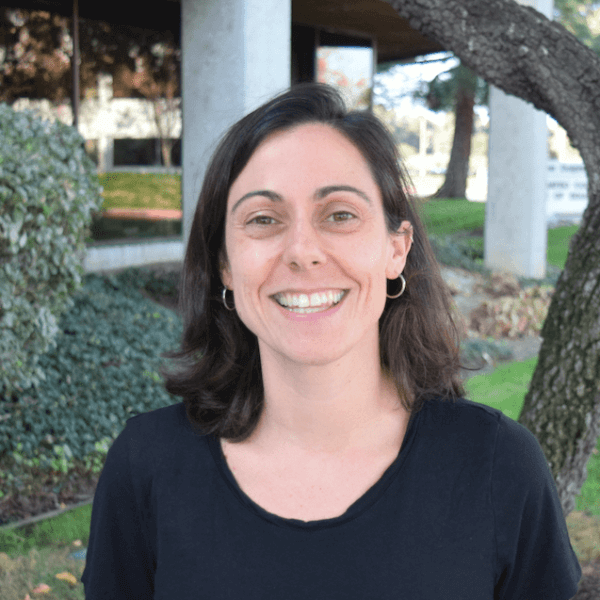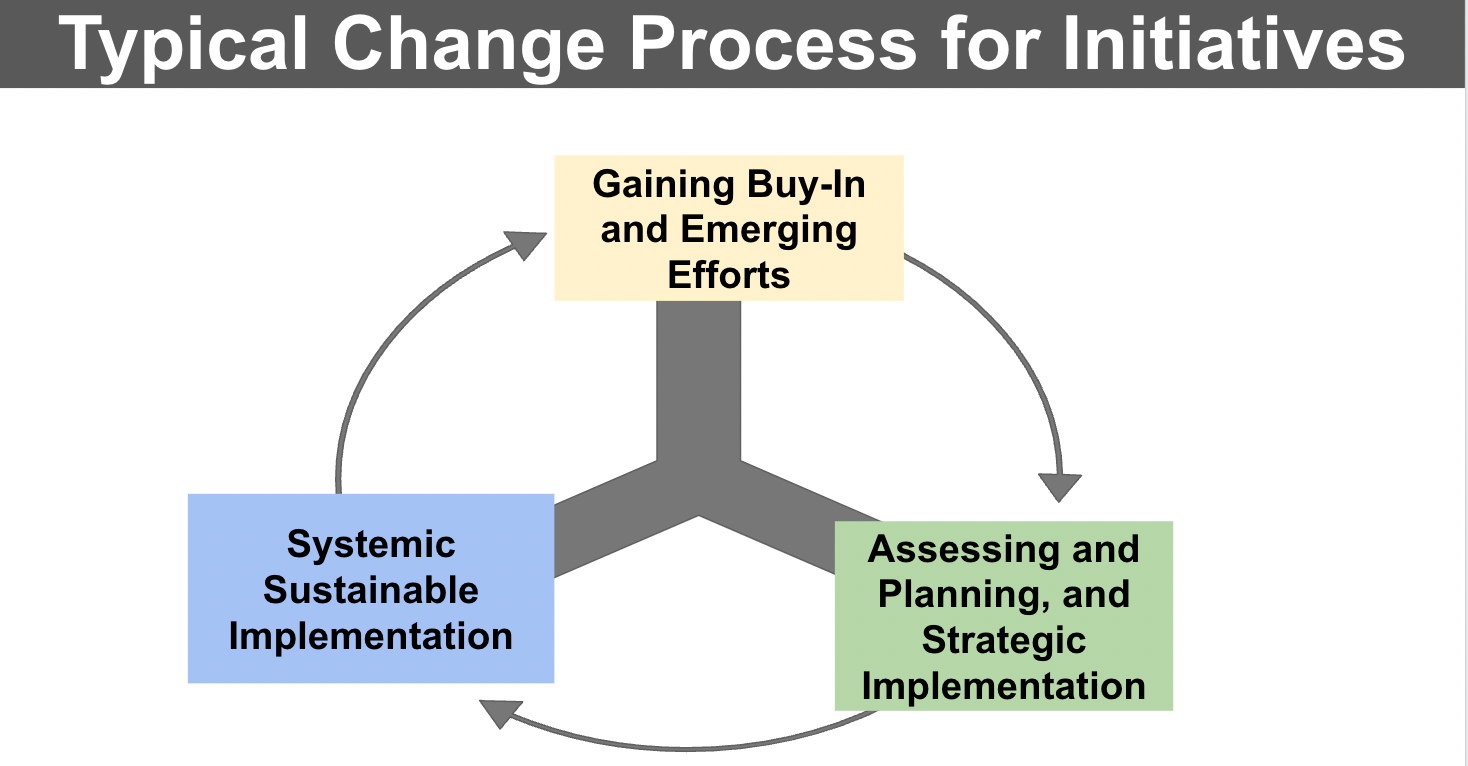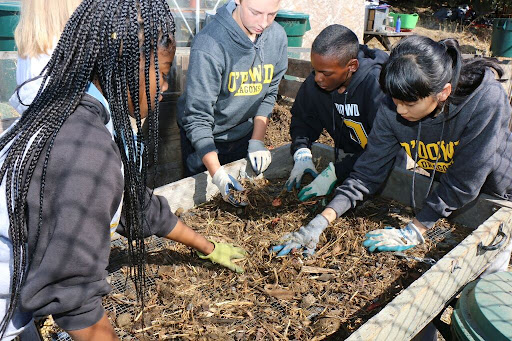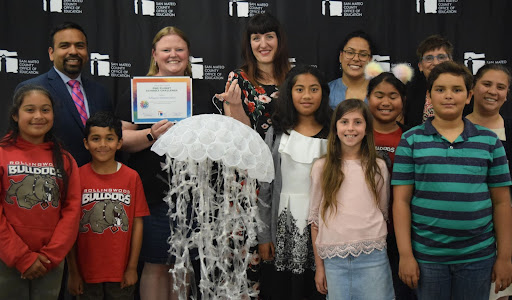Sixty years ago, the well-known physicist, philosopher, and historian of science Thomas Kuhn wrote the book The Structure of Scientific Revolutions, which brought the concept of a paradigm shift into mainstream use: “an important change that happens when the usual way of thinking about or doing something is replaced by a new and different way.” During this decisive moment in history, humanity is grappling with how to make a rapid paradigm shift away from an unsustainable lifestyle that has brought our planetary ecosystems to the brink of destruction and toward an environmentally sustainable and socially just existence.
This reinvention of life as we know it requires disrupting the status quo and tapping into the influence of social, economic, and political institutions at all different scales. Because the education system is at the cornerstone of our collective culture, TK–12 schools play a key role in getting the critical mass of humanity to engage in the change process. In many places, the education system has begun to see pockets of incremental progress toward environmental literacy and sustainability, either through pathways related to curriculum and instruction or pathways related to facilities and operations. However, the urgency of the climate crisis calls for paradigm shifting transformational change that is grounded in a whole systems approach.
In the past 15 years, I have utilized this whole systems approach in different roles within the K–12 education system: as a classroom teacher in public and private schools, then a site level director of sustainability, and most recently as a county-level environmental literacy and sustainability coordinator. I am excited to bring this whole systems approach to Ten Strands, with the intention of supporting school communities across the state to integrate environmental and climate literacy and sustainable and climate-resilient school efforts across their campus curriculum, community, and culture.

Early in my teaching career I was introduced to concepts of environmental sustainability and social justice, and began bringing both into my teaching practice as a secondary English and social studies teacher. As I sought out professional development for environmental sustainability, I became more intrigued by the concept of systems thinking and was invited to attend a summer institute put on by the Waters Center for Systems Thinking for teachers. At that institute I discovered there was a vocabulary, toolkit of resources, and an entire movement of folks who were engaged in thinking holistically about solving complex problems and actively working to help students learn these skills too. I was drawn to this approach due to its foundations in traditional knowledge and Indigenous ways of understanding human connection to the natural world, which I had been exposed to in my formative years.

The institute taught me to identify the components of a system and relationships between them, and then to analyze key leverage points (structures, decisions, policies, behavior, and mindsets) that could be shifted to catalyze transformational change. I brought this practice and these new skills into my classroom and helped students analyze complex “wicked” problems related to environmental topics such as energy, water, waste, and food, and to bring this knowledge into action and advocacy projects across the school’s campus facilities and operations, and within the community and culture of the school.
These experiences helped me see the power of a whole systems approach to learning and change, and how by using this approach we reduced the chance that lessons will go in one ear and out the other. For example, students not only learned about recycling and composting, but they also advocated to get recycling and compost bins at their school so they could reinforce this learning and be the change they wanted to see in the world. By focusing our change efforts and actions on the school systems (instead of hoping they would just bring these lessons to home), we also ensured that all students had access to the benefits of change. This whole systems approach also taught me how green schools’ efforts could help the campus be a laboratory for learning. Features such as energy efficiency, water conservation, and habitat creation had previously gone unnoticed by students, but once we began learning about them in the curriculum their understanding of sustainability and resource conservation came full circle. While my students and I were able to do a lot from our classroom scale, we also faced a lot of challenges in bringing changes to the broader school and district. I realized I needed to learn more about how to manage change across an organization, so I invested in earning an MBA with a special focus on sustainability and systems thinking and learned how to apply an assortment of change theories and systems thinking to helping schools embrace a paradigm shift toward sustainable and climate resilient schools practices.

In my next role as a site level director of sustainability at Bishop O’Dowd High School in Oakland, I had the opportunity to develop and implement a change initiative that utilized a whole systems approach to bringing sustainability into the school’s subsystems: campus, curriculum, community, and culture. In this role, I came to understand the critical role of each stakeholder (students, teachers, administrators, families, community partners, etc.) in enacting change across the operational subsystems. Managing change at the site level also helped me better understand the relationship between incremental and transformational change. I learned to design entry points at the different subsystem and stakeholder level that would allow for quick wins. For example, change initiatives such as zero waste campaigns and living schoolyards can be taught in the classroom and are highly visible in ways that reinforce a school-wide community and culture effort. Focusing on curriculum efforts in core curriculum that is taught across a whole grade level (i.e., ELA, science, math, social studies, etc.) also helped build a shared vision and common practice for teachers, and provided all students access to these experiences.

After bringing change across the site level, I brought this whole system approach to a regional change initiative in San Mateo County. In this new context, a whole systems approach involved a lot more nested systems with individual classrooms, schools, and districts overlapping with multiple jurisdictions and community-based partners. Each community had its own unique culture as well as opportunities and challenges. It was important to design programs and services that had equity and inclusion at their core and could catalyze change within different subsystems. Capacity for leadership happened at the grassroots and decision-making levels, which took a lot of attention to drawing clear connections to each individual’s core principles and values, as well as understanding each person’s sphere of influence. By utilizing a whole systems approach, this initiative catalyzed long-lasting change across the region led by local changemakers, and put systems in place that will continue to develop and build momentum at multiple scales—classroom, site, district, and county.

Ten Strands has spent the past decade with a core focus on incremental change in the realm of teaching and learning. This approach has been highly effective at bringing existing resources, stakeholders, and expertise together with a focus on equity, inclusion, and cultural relevance, as well as serving as an incubator and catalyst for new collaborations and capacity-building efforts. By enacting a whole systems approach, Ten Strands will open up new opportunities for investing in programs and services that align stakeholders around high-impact leverage points that connect curriculum to efforts in the campus, community, and culture.
——
Additional Follow-Up: EdCuration Podcast – Sustainable, Climate Resilient Schools and How They Support Equity.


One Response
Excellent piece, Ara. I will be including it in Living Classroom’s Sept newsletter.